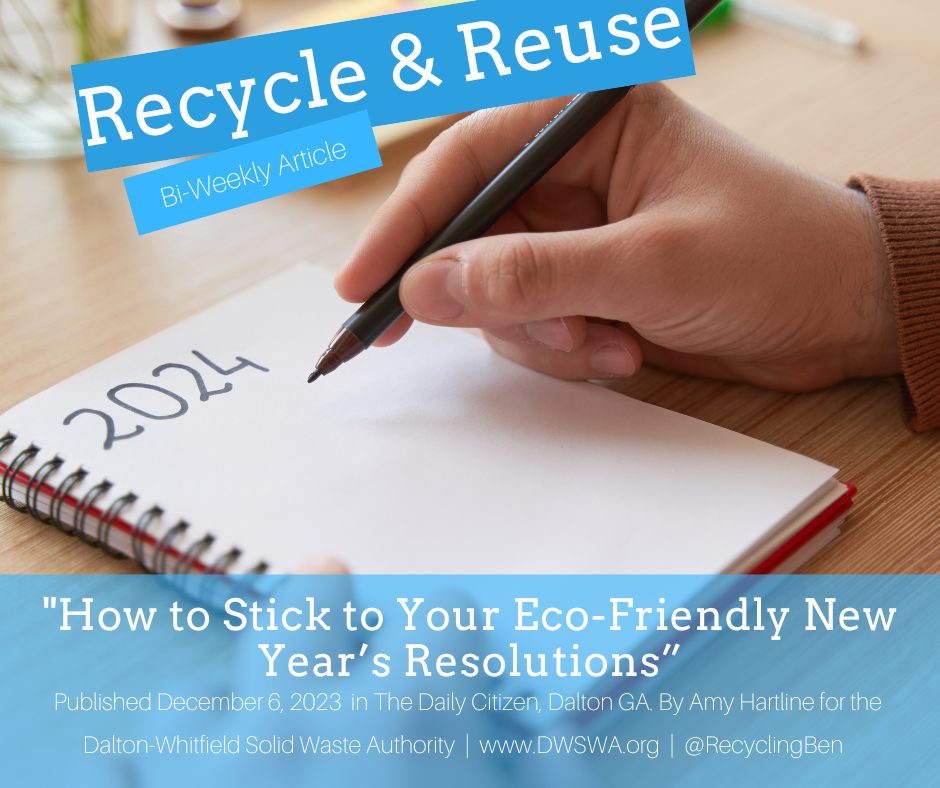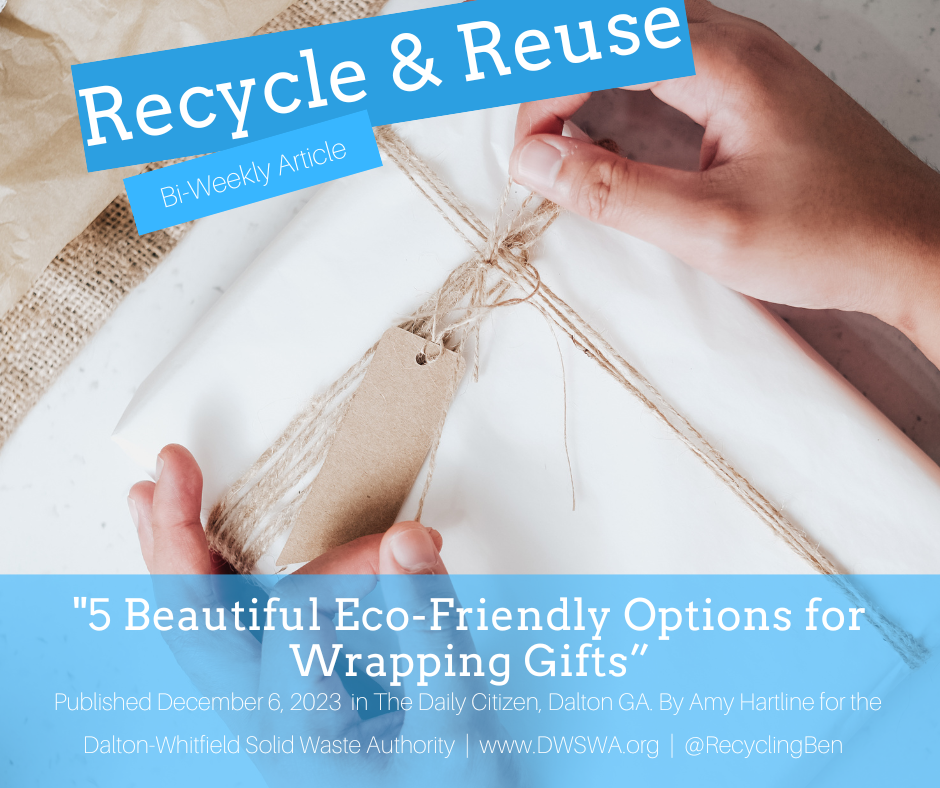Using Digital Tools to Get the Perfect Garden
/When you are planning your garden, you want to pick plants that will do best for your yard. Using native plants helps narrow down your options and is greater for the environment as a whole. Native plants naturally belong, and therefore thrive, in our region. They have adjusted to our environment making them stronger than plants from elsewhere. These plants can help your overall landscape as well because they’ve adapted to keep the soil healthy, prevent erosion, and conserve water.
Because of the nature of native plants, it will take you a lot less work to keep them alive making them a perfect fit if you are a new gardener. Choosing the right plants can help you limit the amount of water, soil amendments, and pesticides that you need which means not only will you not have to work as hard, but you will also save money. Low maintenance gardens are also a great selling point if you were to sell your home which means your property value will increase just because you planned out your garden well.
Don’t think that native plant gardens are only for people in rural landscapes! You can get major benefits with native plantings in your yard even if you are in the city. Along with all the benefits, we’ve already discussed it will also help you cool your yard and area down. Urban areas are more likely to be suffering from the “heat island” effect because of the amount of pavement and lack of greenery. This effect can make your area feel multiple degrees hotter than the it should be. Managing your garden well can help you decrease the temperature in your yard caused by this effect.
Planting native species can also have a benefit beyond those for you and your family. They can significantly help your local wildlife! Pollinators like bees and butterflies benefit from having access to native species and they are essential for the reproduction of many plant species. Depending on what plants you choose, you may also be producing fruits, berries, and seeds that birds and small mammals will be interested in. This is one of my favorite things about well-designed gardens. It is truly magical to sit and enjoy them and watch the wildlife flit about.
Many gardeners in our area are dealing with significant amounts of clay in their gardens. Luckily, several native plant species can do well in clay and tolerate the high amounts of retained moisture and density. Even with native and carefully chosen plants, I still recommend amending your soil with organic matter, such as compost, to continue to improve your soil drainage and structure.
If you have a lot of clay in your garden, look for flower species such as the New England Aster or Blue Flag Iris. To get some plants that can add to your diet look for American Elderberry, a shrub with delicious dark purple berries, or Eastern Redbuds, small trees with pretty pink flowers that can be added to your salads for a pop of color.
If instead of clay in your garden, you are dealing with rocky soil. This may be the case especially if you are living in the Rocky Face area. Here look for plants such as Piedmont Azalea with its beautiful pink or white flowers or Switchgrass which creates textural interest in your garden and provides habitat for birds if you happen to also be interested in birdwatching.
Remember to consider factors such as sunlight exposure and water requirements when selecting and placing plants in your garden. Starting small and gradually expanding your plant collection as you gain experience is a good approach. Above all, enjoy the process of learning and creating your own garden! It is a joy to watch a space transform, especially when you know you are helping the environment while you are at it.
































